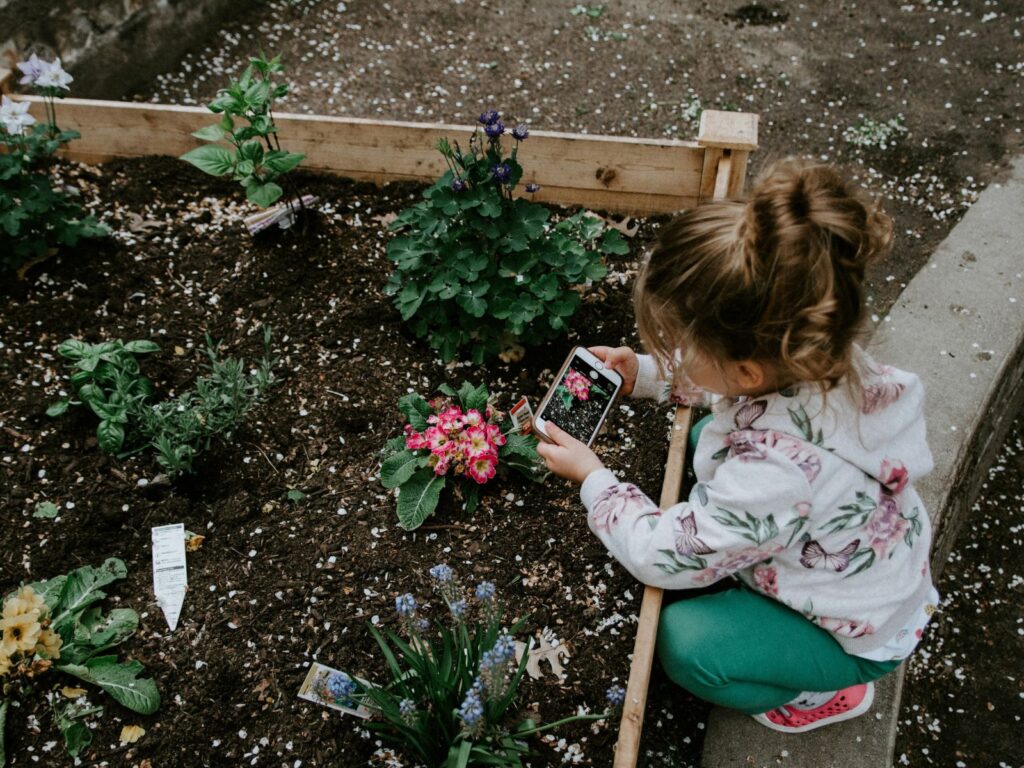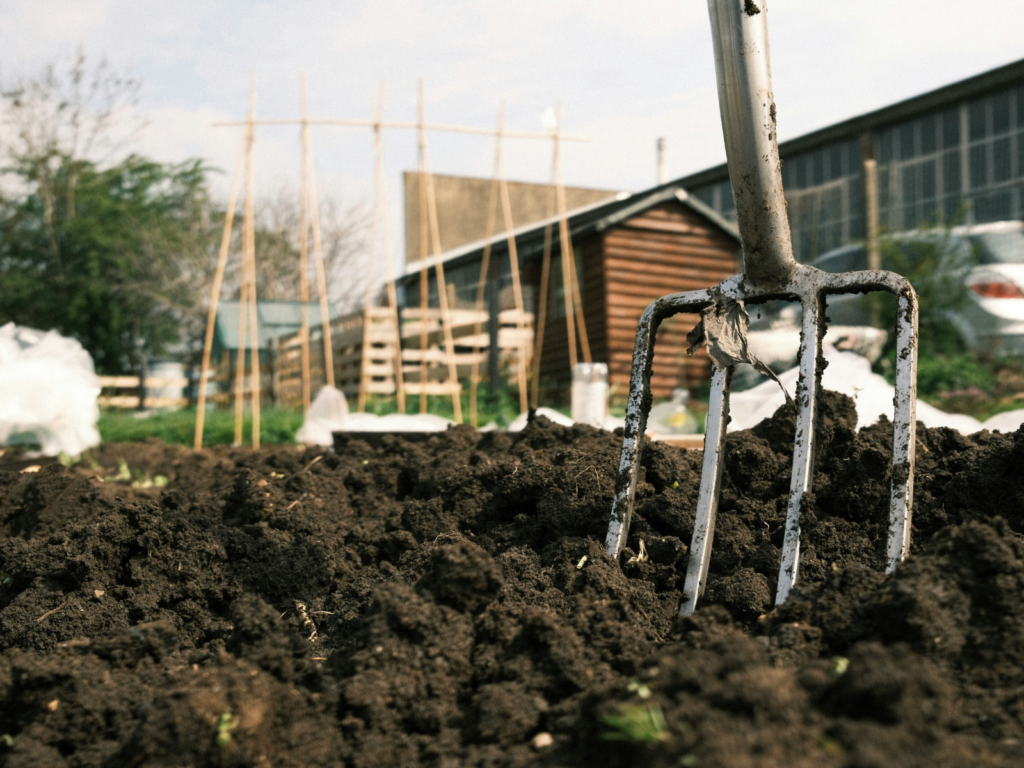How to plan your allotment space

Time spent outdoors is time well spent, and when you’re getting something out of it – even better. That’s why so many of us with green thumbs have an allotment, the perfect place to grow your own fruit and veg if you don’t have a garden at home.
Allotments are a quiet spot for you to potter about in and get stuck into a personal project but, it can be hard to know where to start. Keep reading to discover how to plan your allotment space to get the most out of it.
What are the best ways to prepare your plot?
Starting with a clear canvas is your best bet when it comes to achieving a thriving allotment that you can really put your stamp on as it progresses. That’s why prepping is important.
Before you plant or change anything, you should:
Dig up any weeds or dying plants in the area.
Make sure any debris is removed.
Check the soil health and type.
Measure the space so you know what you’re working with.
Planning your allotment: tips & tricks
Plan around the sun
If you’re lucky and get to pick out where your allotment will be, you might be able to select a spot that always has access to the sun, which will obviously help with growing. Note how the sun shines onto your allotment to help you plan where you place everything.
If you’re renting the space and end up with a shadier spot, don’t fret too much, there are many vegetables and plants that actually thrive in the shade, including carrots, kale, and beetroot.
Improving your soil’s health
Knowing the condition of your soil means knowing how to improve it and ensuring your allotment has a strong foundation, so check the pH and the type with a soil tester kit. Then, whether you have sandy, clay, or loamy soil, there will be a way to improve the quality.
You can improve your soil’s health by:
Adding mulch or homemade compost to it.
Avoiding pesticides and other chemicals and using environmentally-friendly products instead.
Using nutrient-rich manure and fertilisers.
Planting shrubs and vegetation that increase the infiltration of water into the soil.
Rotating what you plant to promote biodiversity and avoid a cycle of pests and diseases.

Consider what you’ll need and what you’re growing
Whether your allotment grows an ambitious selection of veg, plants, and flowers or you just want to grow what you need, it’s best to make a list of everything you plan on planting once the space is ready. You will also want to include everything you’ll need to achieve this, from tools and manure to protective fruit cages and a greenhouse.
Map out where everything will go
To make the most out of your allotment space, no matter its size, having a blueprint of sorts will help you. If you have measured the space, you can then strategically plan where to place everything you’ll be growing and using.
The layout of your allotment will be personal to you, so take time to research and ask others with allotments what worked for them.
Ensure that you create space for:
Flower beds and plant containers/pots.
Fruit cages and vegetable patches.
A shed and/or greenhouse.
Open sites to plant shrubs or bushes.
A herb garden.
Pathways so you can easily navigate the space.
Storage for water, e.g. water butts or a tank.
A spot where you can sit back and enjoy your hard work.
You may also want to consider companion planting when plotting out your allotment space. This is where you pair two types of plants together and grow them next to each other. This has a number of benefits, including pest control and encouraging pollination. When you decide what you want to grow, research what could be a suitable companion for it. For example, tomatoes pair well with asparagus.

Timing is key
Of course, not everything grows at the same time of the year, so part of planning your allotment will be figuring out when to grow what. Look into what comes into season at each point of the year and schedule ahead so you know when to plant each one.
Doing this will help you to utilise your allotment space effectively and enjoy different crops all year round.
Knowing the tools you will need
Part of planning is having the right tools to do the job properly – this is truer than ever when it comes to owning a thriving allotment. Gardening tools will be the key to your allotment’s success.

The tools every allotment owner needs are:
Shovel and trowel
Watering can
Gardening gloves
Grow tunnels
Wheelbarrow
Fork, cultivator and spade
Soil thermometer
Spacing ruler and labels
A hand hoe
A van for transporting larger items
Insuring the van you use for your allotment essentials
Being able to easily transport your gear to and from your allotment, especially when you’re getting started, can be made a lot easier by using a van.
If you are a van owner, you’ll want the right insurance, which Adrian Flux can help you with, thanks to our range of van insurance policies tailored to meet your needs.
For our best rates, call 0800 369 8590 or book a callback at a time that works for you.







